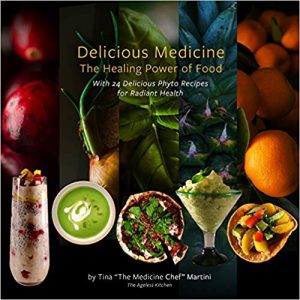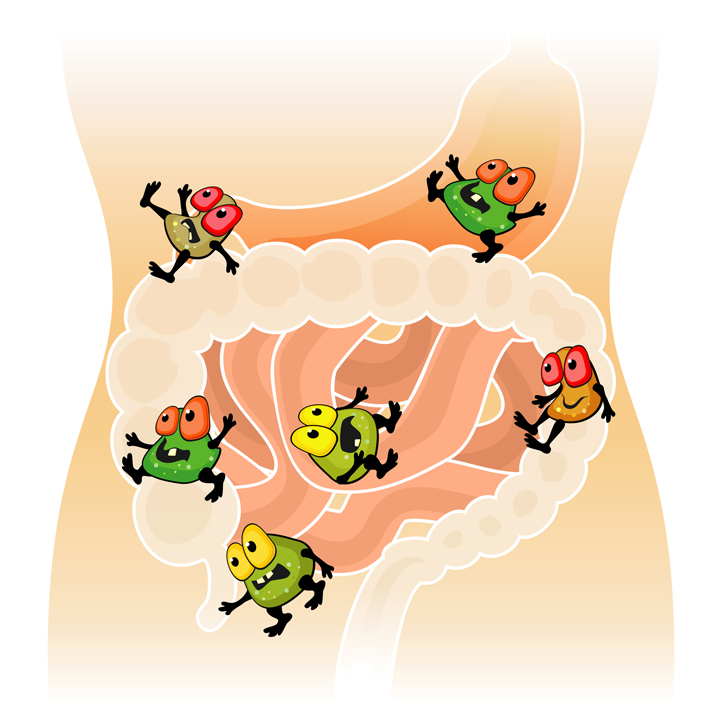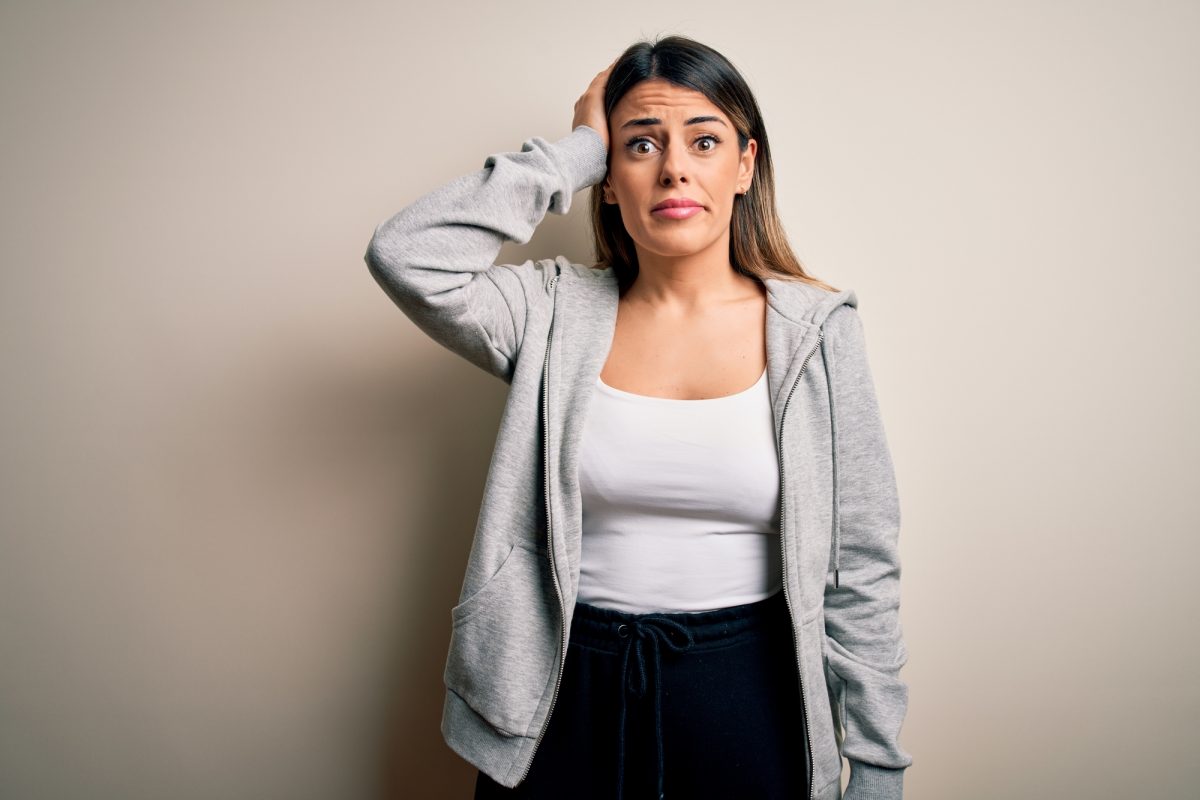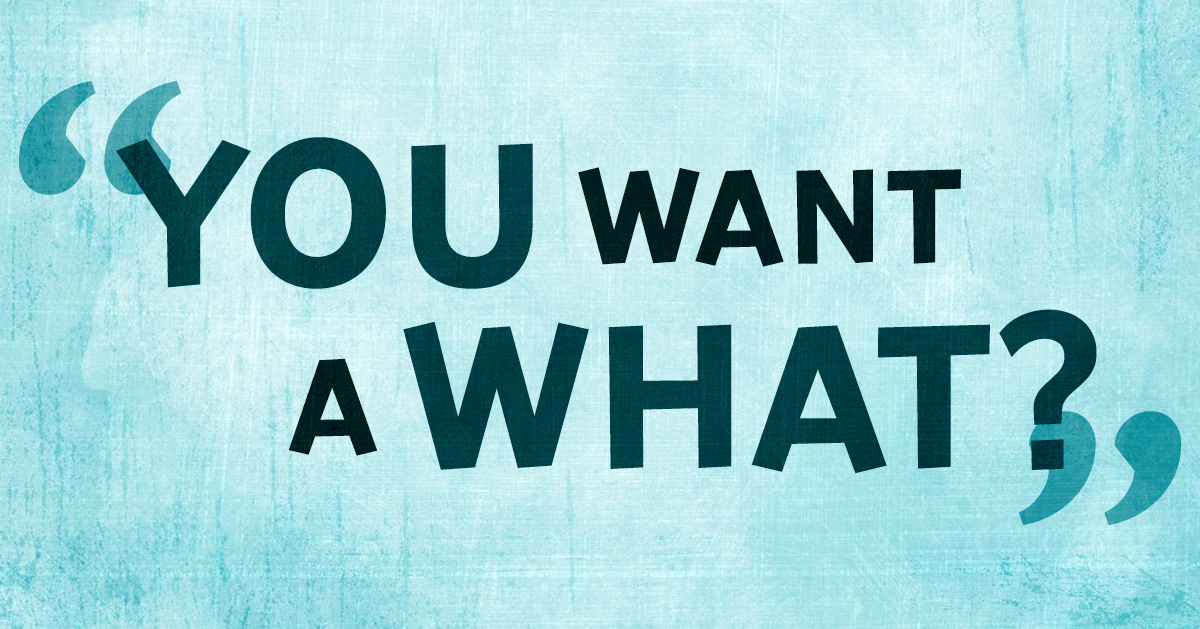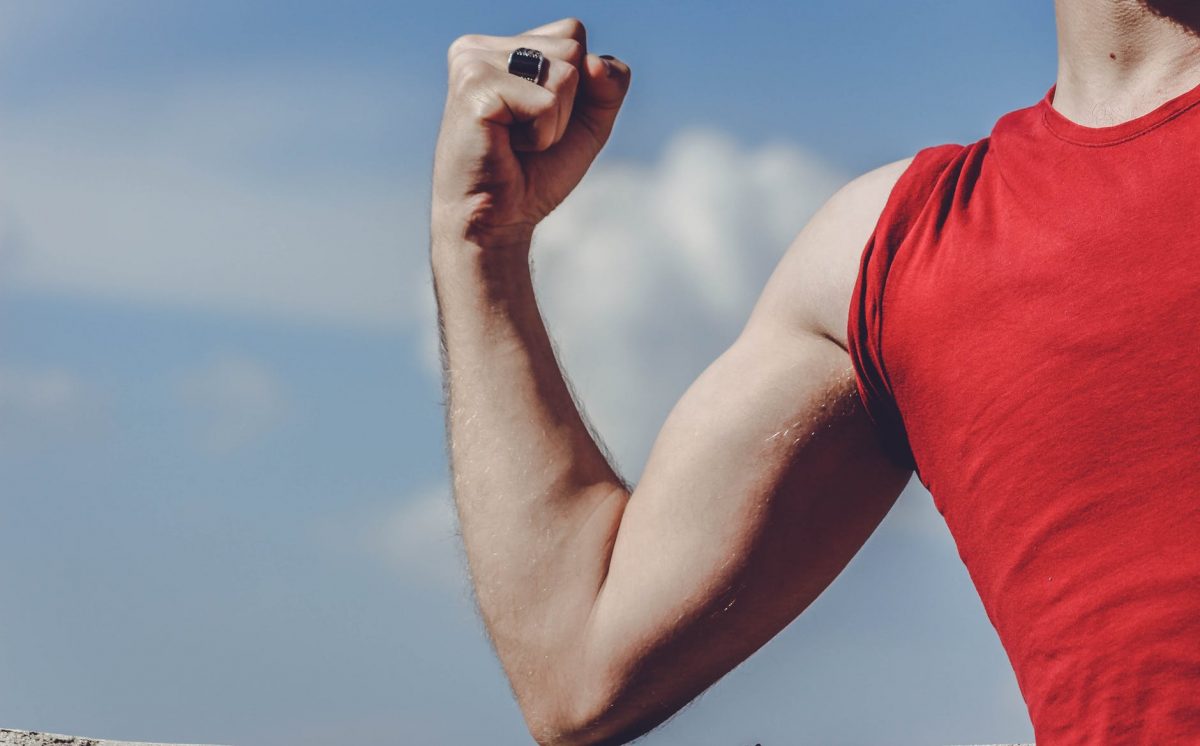The Power of Podcasting: Create Your Own Platform & Leverage Your Brand
Podcasts are “where it’s at!” Did you know podcasting is now the most effective and cost-efficient marketing tool on the planet? Podcasts provide wide-scale visibility to exponentially grow your business and increase brand awareness. In fact, the simple act of appearing on an established podcast as a featured guest can drastically improve your SEO and increase clients. Learning how to use this extremely affordable and far-reaching platform to your advantage may be the key to lasting success!
What do I need to know about podcasting? Here are some quick facts!
The Next Generation of Marketing
Forget spending money on print advertisements, billboards, or radio ads. Podcasting is “where it’s at!” Every business needs a podcast! It is effective, targeted, cost and time efficient, super fun marketing!
On-Demand, Passionate & Targeted Content
At any time, listeners can download, subscribe and like their favorite podcasts. Listeners may break up their shows into multiple sessions or listen all at once. Listeners can also search for podcasts based on their personal interests, hobbies, and more.
It’s FREE
Not only is it relatively cheap to produce your very own podcast, but it is FREE for listeners to download and enjoy your show. Provide value to listeners around the world while also promoting your business and brand without asking for payment or initial “buy-in.”
Accessibility
If you own a smartphone, a computer, a tablet, or have access to Wi-Fi, you can download and listen to FREE podcasts.
Opportunity for Intimate Connection
Podcasts allow you to tell “your story” in “your own words” and promote your business, brand, or values at a personal level. This is an opportunity to show empathy, authenticity, and share “your voice” with the world. Remember, the most successful businesses and products start with a “story.”
Broad Reach
Unlike television, newspapers, radio stations, and print advertisements, podcasts are available around-the-world and not just specific to certain areas. This platform is a must for anyone who conducts business online.
Instant Authority & Credibility
As a fitness or medical professional, it is important to utilize a platform where you can offer valuable resources or information. Podcasts allow for you to be an instant authority in a specific field in addition to promoting your services on a large scale.
Statistics
Podcasts offer analytics that track the number of subscribers to your show as well as the number of downloads for each episode. The more downloads, the more people are learning about you, your mission, your values, and your business.
It’s FUN!
This is YOUR chance to create your own platform! Podcasting allows you to talk about the issues, stories, and topics that are most interesting to you! You can interview fascinating guests and use the podcast as an opportunity to cross-promote your businesses. Most of all, you make the rules and create the podcast format that works for you
Learn more about the power of podcasting and how to create your own platform!
Register now for Christine Conti & Brian Prendergast’s free webinar on this topic. This webinar will provide you with a basic overview of the steps needed to create your own podcast or utilize current podcasts to grow your reach, increase your client base and leverage your brand. Step into the new age of marketing through this cost-effective, time efficient platform!
Christine Conti and Brian Prendergast are co-hosts of Two Fit Crazies & A Microphone Podcast and owners of TFC Podcast Production Co. Christine is the founder of Conti Fitness and Wellness, LLC; Brian Prendergast is the founder and head coach of High Five Health and Fitness.

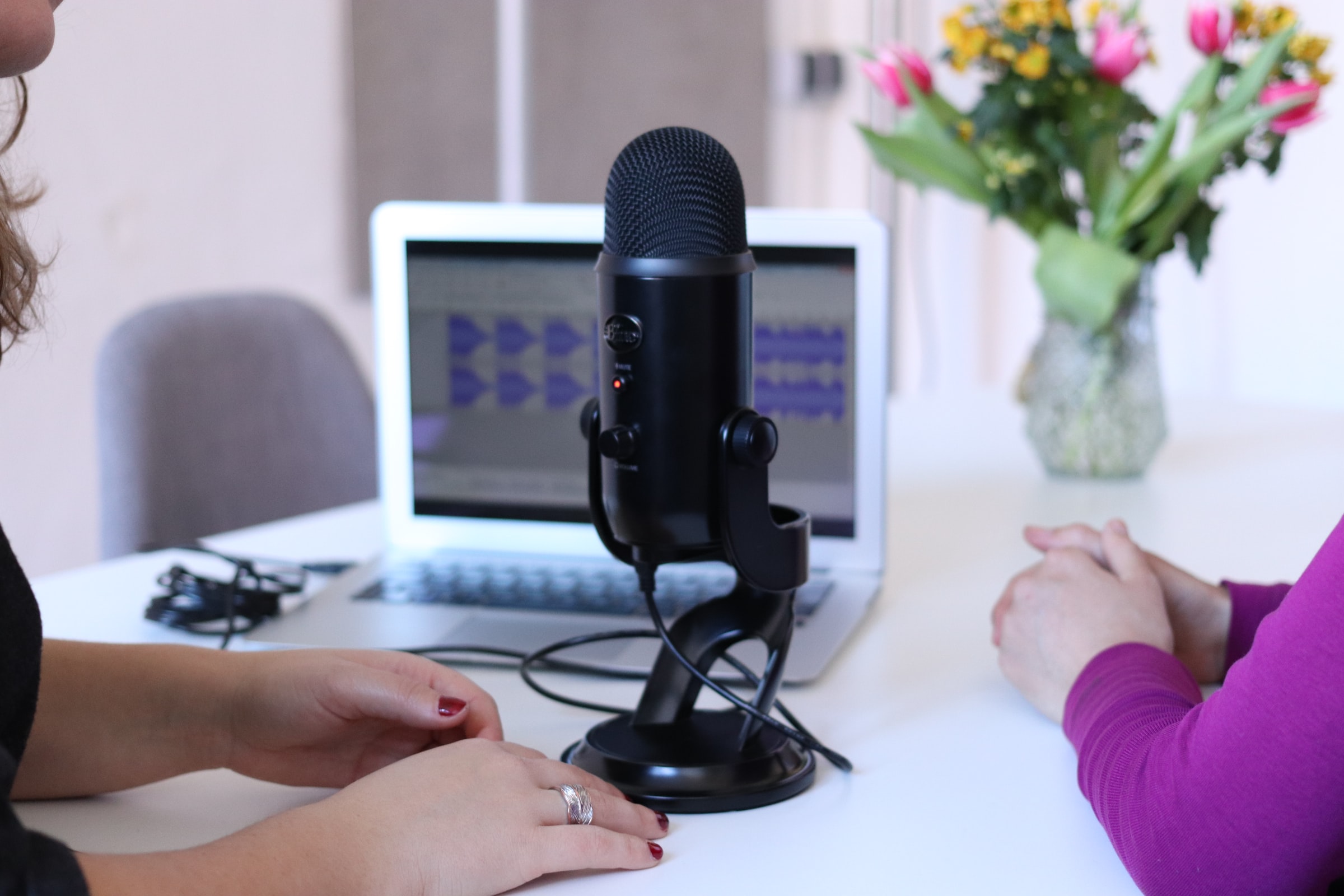
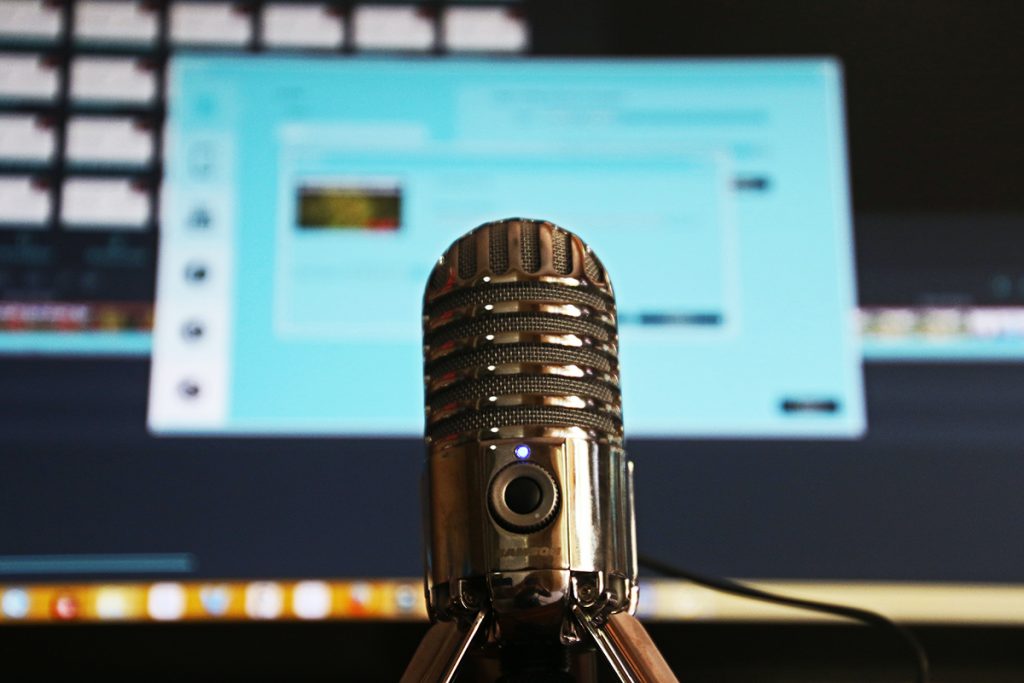
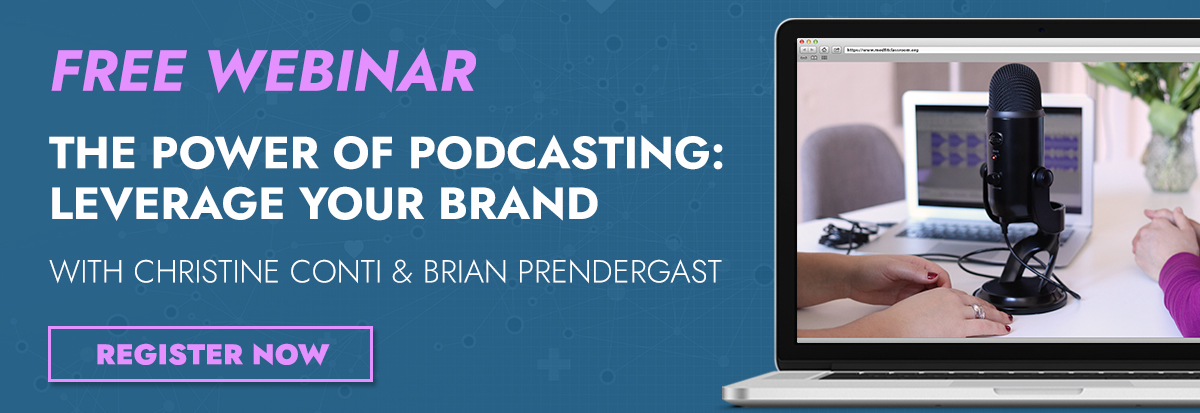
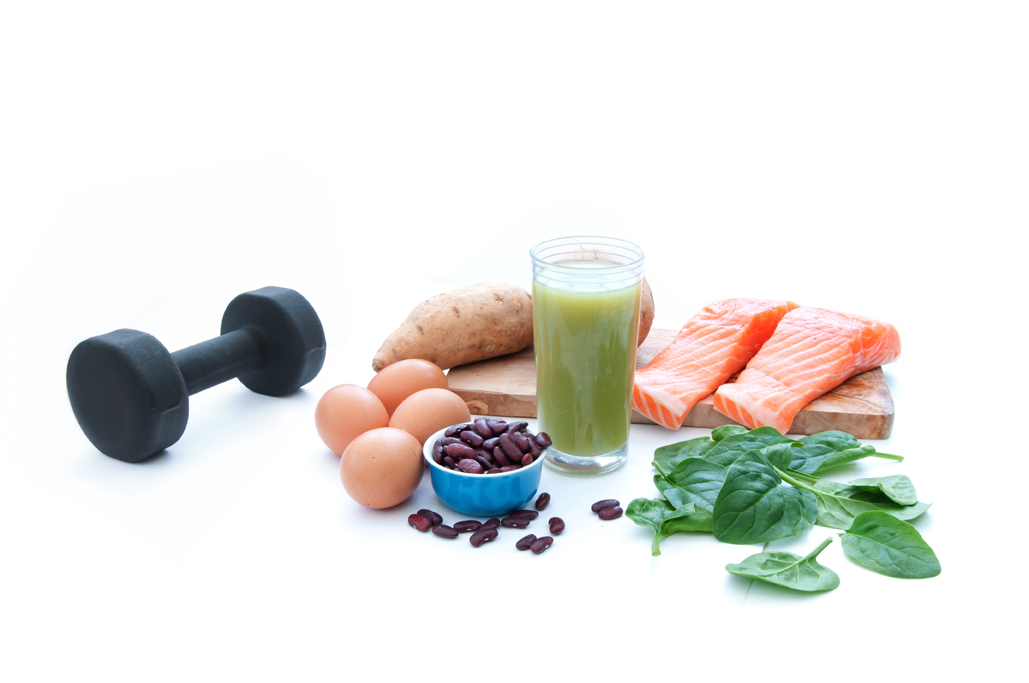
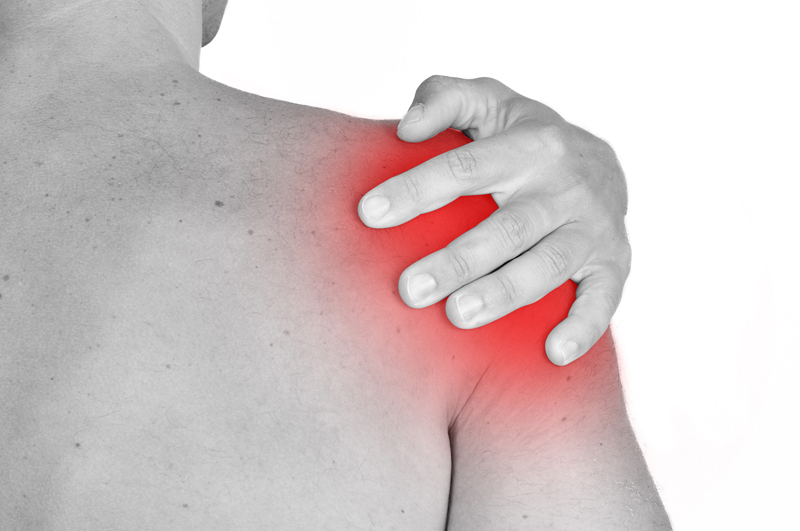
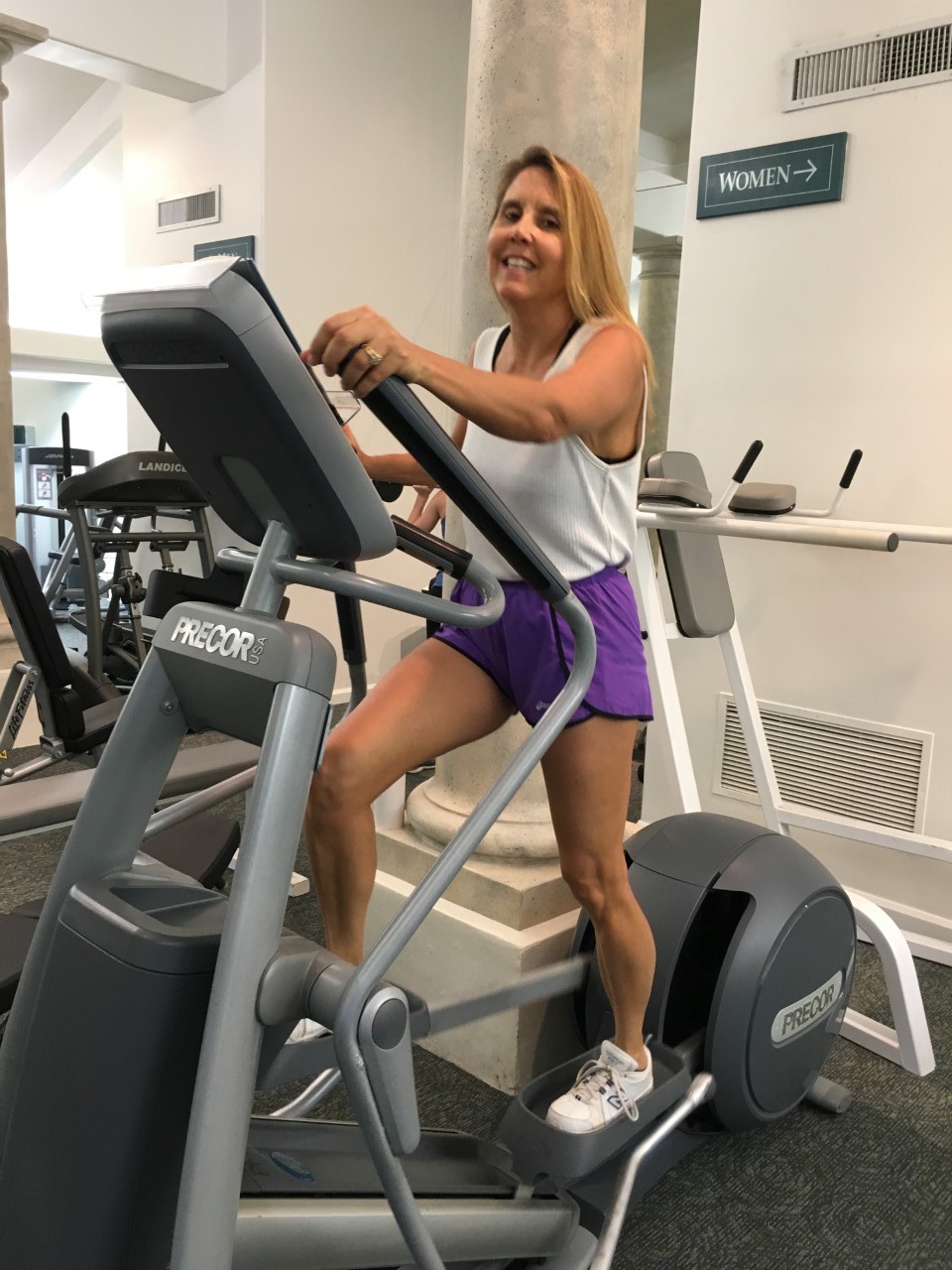
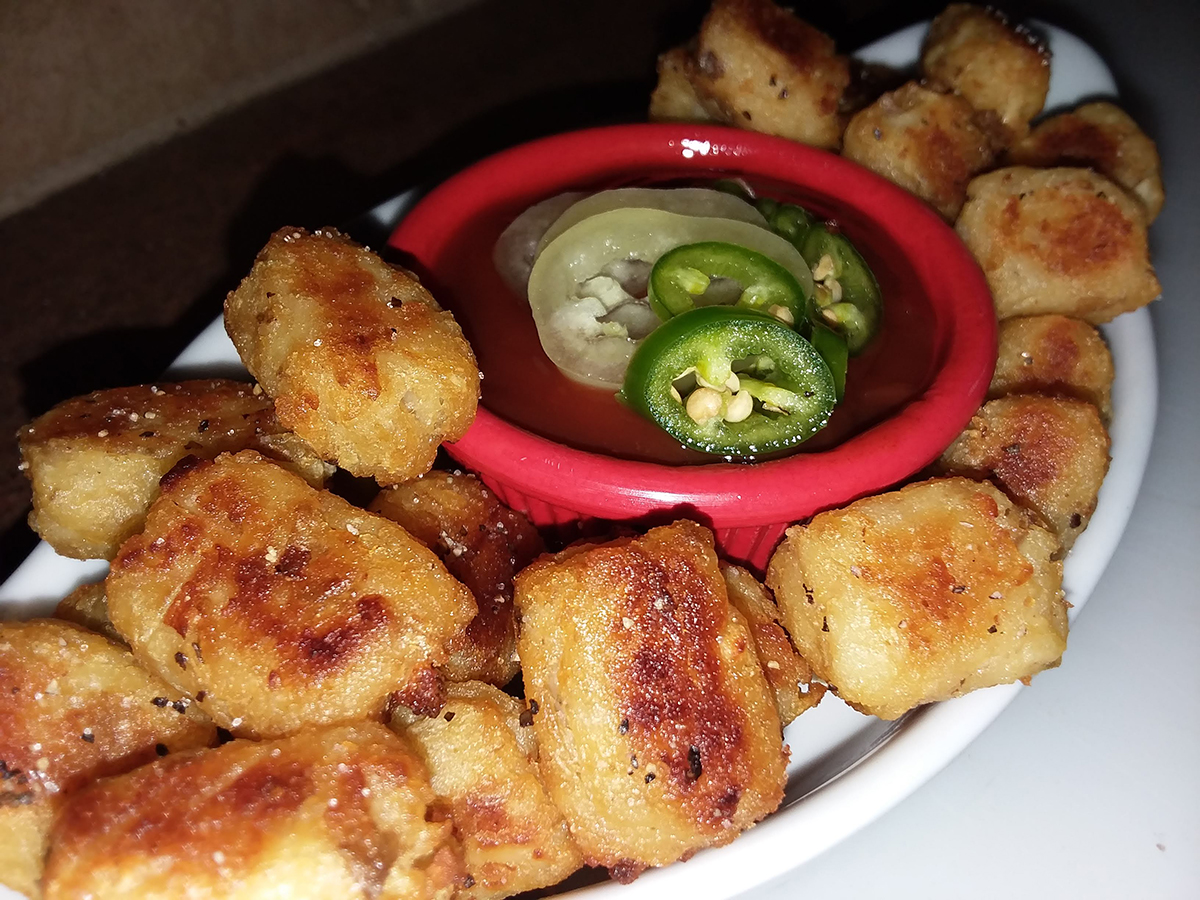
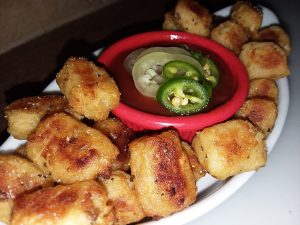 Ingredients
Ingredients